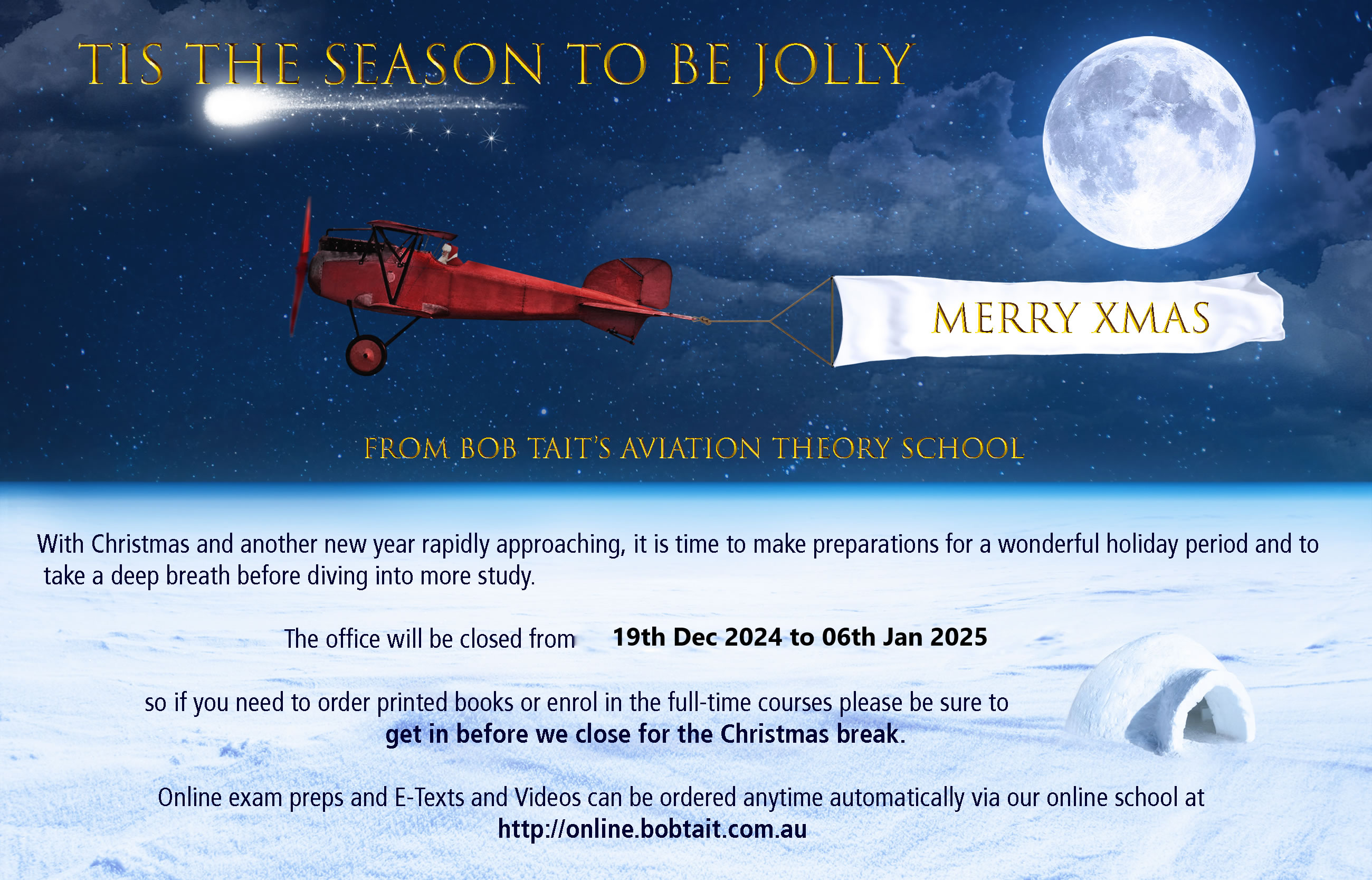Noted this thread whilst idly wandering through the site.
While Richard's comments are valid, folk should note that, for Australia, generally one should see empty weight data scheduled WITH full engine oil when you jump into your Aircraft Mk I and go for a fly.
Refer to empty weight definition in CAO 100.7 which relates to what WCOs do out in the Industry -
www.legislation.gov.au/Details/F2015L01127
That the examiner doesn't necessarily apply the current rules is fine .. his task is to endeavour to ensure that a pilot's general knowledge and understanding of what's what is reasonably sound.
As an aside, in ancient times, empty weight was required to be for undrainable oil. This was to reflect oil usage in larger piston aircraft with big radials for motors. Once these progressively became rarer, commonsense prevailed and the definition was amended to full oil to reflect usage realities in small piston and turbine aircraft. I would really have to dig in the bottom drawers of the filing cabinets to find just when .. but, probably, late 70s/early 80s as I started out in the weight control game quite some years prior to that change.
I probably had an indirect hand in the rule change. From an early stage, I refused to use undrainable oil for lighties as we then had to schedule another configuration with oil for commonsense operational use ...I had numerous robust discussions (read arguments) on the topic with the DCA Airworthiness Engineers. Begrudgingly, they had to accept my position as I rigorously defined the various weights in AFM documentation. Eventually, the rule changed and the problem went away ...



